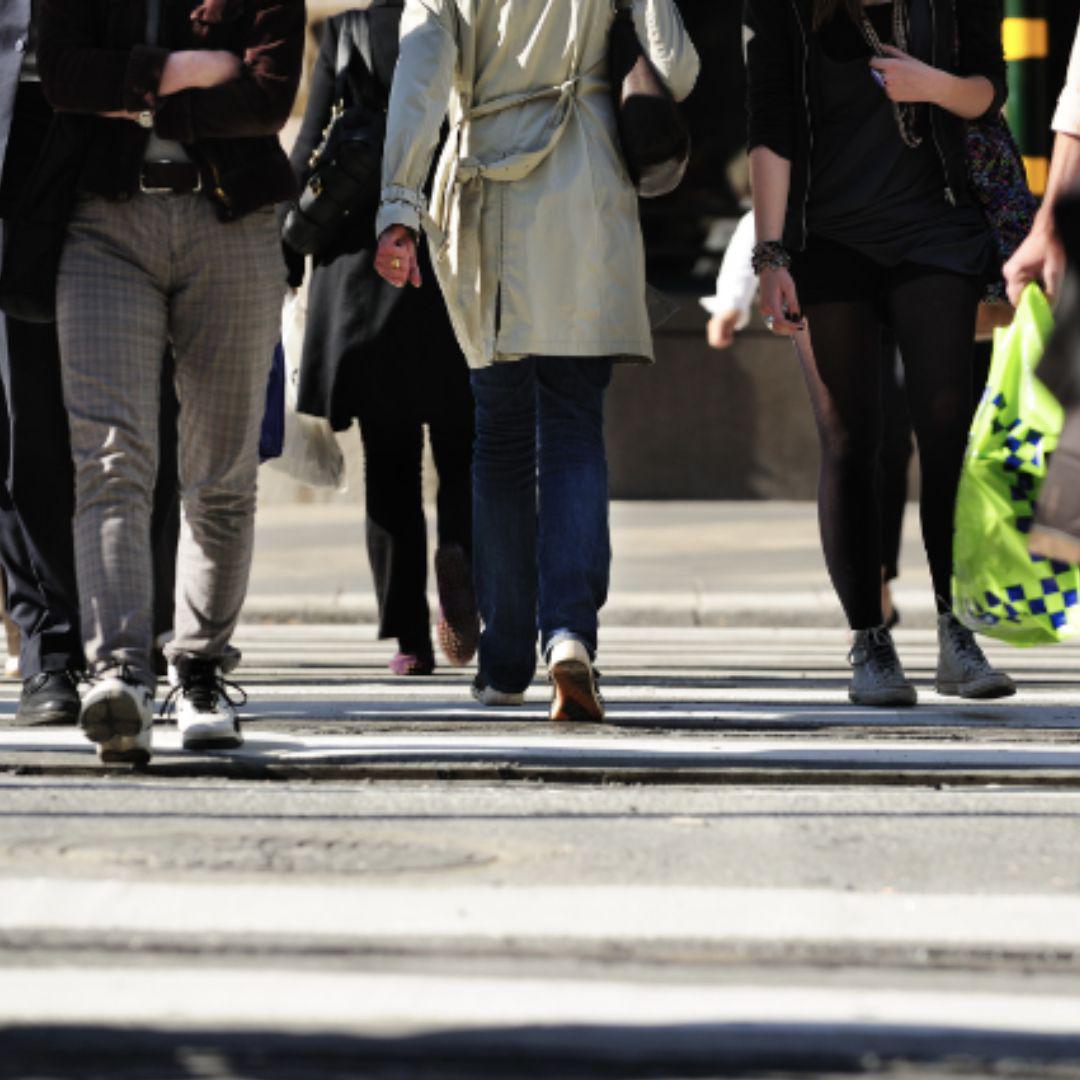Miami, the bustling hub of South Florida, thrives on a dynamic fusion of commerce and diverse communities. As a major transportation hub, thriving business center, and renowned port city, Miami's global influence is undeniable. This vibrancy extends beyond its international renown, however, and flourishes within its eclectic neighborhoods, each adding a unique thread to the city's vibrant tapestry.
Take Miami Gardens, for example, a serene suburban oasis nestled within the city limits. Characterized by lush parks and a strong sense of community, this area, primarily inhabited by homeowners, adds depth to Miami's cultural landscape. Conversely, Opa-Locka pulsates with a distinct energy. This dynamic neighborhood offers an intriguing mix of urban vibrancy and suburban comfort, attracting a predominantly renter population. With over 16,000 residents, Opa-Locka boasts a pedestrian-friendly layout and a wealth of public amenities, shaping its real estate scene in a distinctive manner.
The Betty T. Ferguson Recreational Complex in Miami Gardens exemplifies the city's commitment to public spaces. This expansive complex boasts a serene lake, picturesque walking trails, and vibrant event spaces that come alive with concerts, festivals, and the annual Jazz in the Gardens. Residents can enjoy a peaceful escape or lively entertainment, all within easy walking distance. This focus on walkability undoubtedly enhances the area's appeal and real estate market.
Opa-Locka's downtown is poised for a similar revitalization guided by a visionary master plan. Envisioned as an economic hub celebrating its cultural heritage, the revitalized downtown will prioritize pedestrian access, fostering community cohesion and economic growth. This transformation is anticipated to draw residents, visitors, and businesses alike, revitalizing the local economy and real estate market.
Beyond Miami Gardens and Opa-Locka, Miami's dedication to walkability extends beyond individual neighborhoods. According to the 2023 Foot Traffic Ahead report by Smart Growth America, a significant 30% of Miami's retail space thrives in walkable areas, distinguishing it from cities like New York, where commercial zones are dominated by offices and apartments. This unique characteristic, marked by a high concentration of towers integrated into walkable areas, signals Miami's evolving urban landscape—a trend mirrored by Sunbelt metros like Charlotte and Atlanta, traditionally reliant on cars but now embracing walkable development. Similar to the early 20th-century development spurred by rail transit in Los Angeles, neighborhoods like Coral Gables and Fort Lauderdale experienced initial growth during this era. Today, downtown Miami's ongoing redevelopment further propels the city's dynamic transformation.
Miami's commitment to fostering vibrant, walkable communities not only drives economic prosperity but also enhances residents' quality of life. In doing so, Miami emerges as a beacon of innovative urban development nationwide.
Explore this page to analyze how walkability affects rental rates in Miami.


